- Improve connectivity and economic growth in the Russian region
- It will also support increasing freight demand and population movement
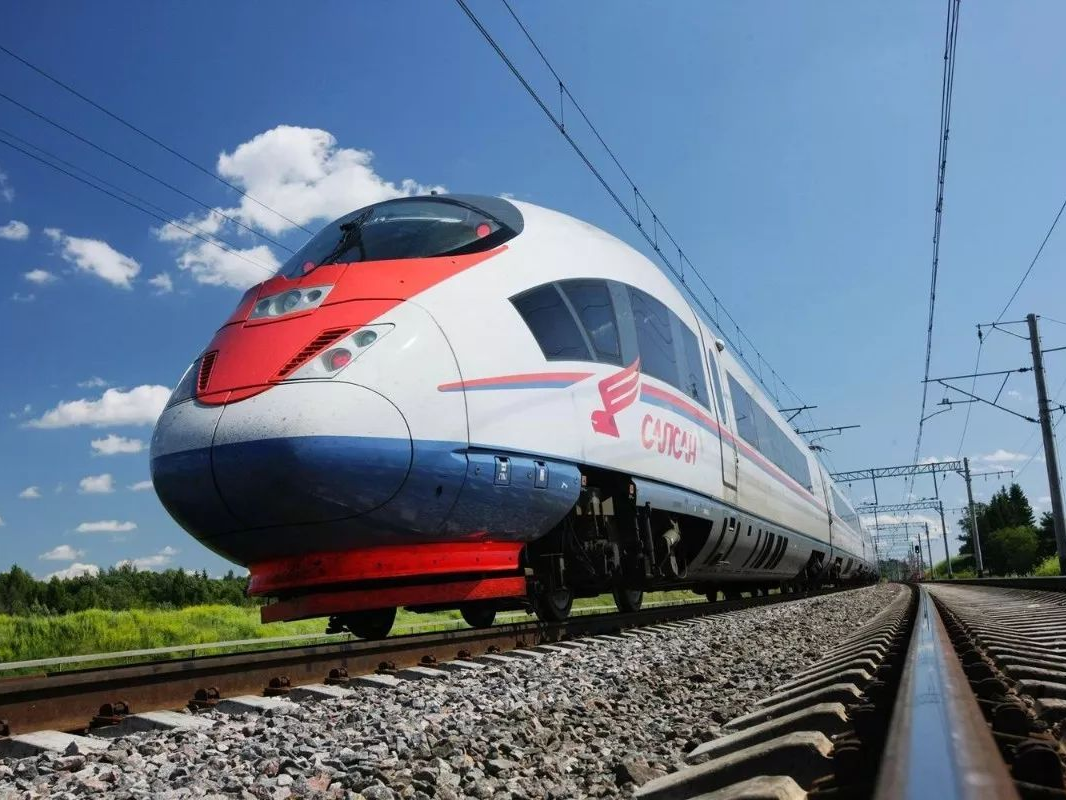
The 770-kilometer Moscow-Kazan high-speed rail line will connect the two major cities of Russia, Moscow and Kazan.
The railway project was developed by the JSC High Speed Rail Line Company, a subsidiary of JSC Russian Railways, through a public-private partnership. The construction is planned to be divided into 12 phases, creating more than 373,000 jobs.
The construction of the Moscow-Kazan route started in 2018 and is expected to be put into operation in 2026. The Moscow-Kazan route is the first stage of the Russian section of the high-speed rail network between Europe and Asia and aims to solve the growing problem of cargo transportation between Beijing, China and Moscow, Russia.
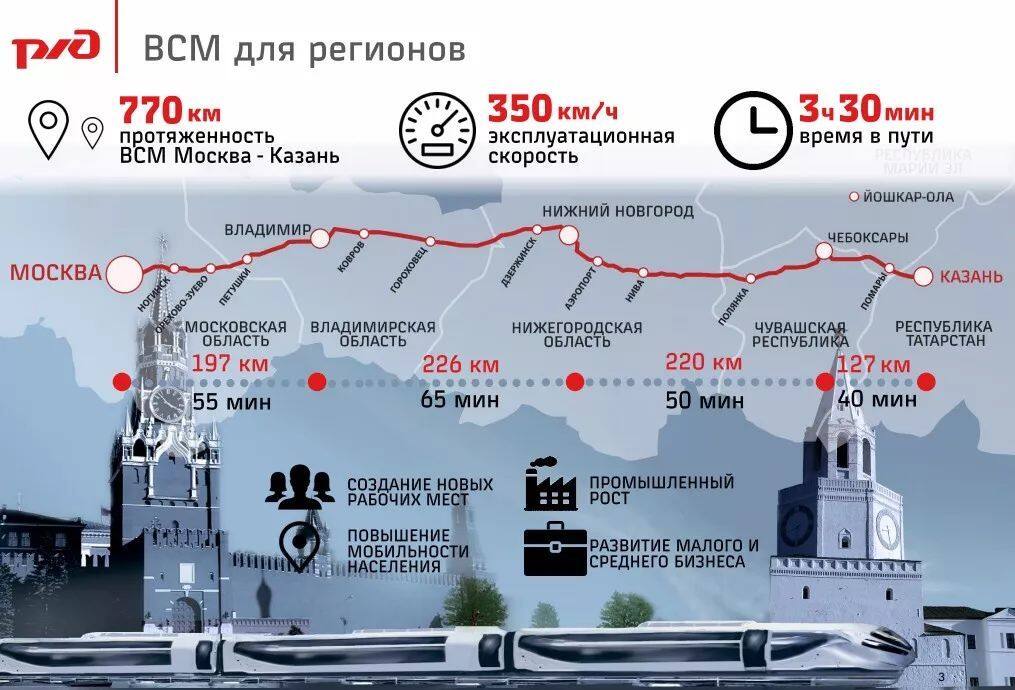
The Moscow-Kazan railway project was approved by the Russian government in May 2013. The high-speed railway was designed by a consortium composed of OJSC Mosgiprotrans, OJSC Nizhegorodmetroproekt and China Railway Second Engineering Group Corporation.
The design of the third and fourth phases, including the route from Zheleznodorozhnaya station in Omsk to Vladimir station, was completed by Russian company FAU Glavgosexpertiza in July 2017. In 2019, the Russian government approved the construction of the first section of the railway line.
The railway is expected to serve approximately 10.5 million passengers in its first year of operation. It is estimated that passenger throughput will reach 20 million per year by 2035 and 25 million per year by 2050.
After the opening of the Moscow-Kazan high-speed rail, the travel time from Moscow to Kazan will be reduced from 14 hours and 7 minutes to 3 hours and 30 minutes. The travel time between Nizhny Novgorod and Kazan will be reduced from 10 hours and 32 minutes to 1 hour and 30 minutes, while the travel time between capital cities will be 60 minutes.
The project aims to improve connectivity and economic growth in the Russian region. It will also support the growing demand for freight and population movements.
The Moscow-Kazan high-speed rail line will depart from Moscow and follow Russian territory, including the Moscow region, Vladimir, Nizhny Novgorod region, Chuvashia Republic, Mari El Republic and Tatarstan Republic, Russia The railway plans to further expand the Moscow-Kazan railway to Yekaterinburg.
infrastructure
The Moscow-Kazan high-speed rail line will have two main tracks with a gauge of 152 meters and a maximum gradient of 24%. Including a total length of 1,517 kilometers of ballastless track and 83 kilometers of ballast track. It will have a total of 33 substations, including 16 loading and unloading stations and 17 dispatching stations. The length of the main station track is 164 kilometers.
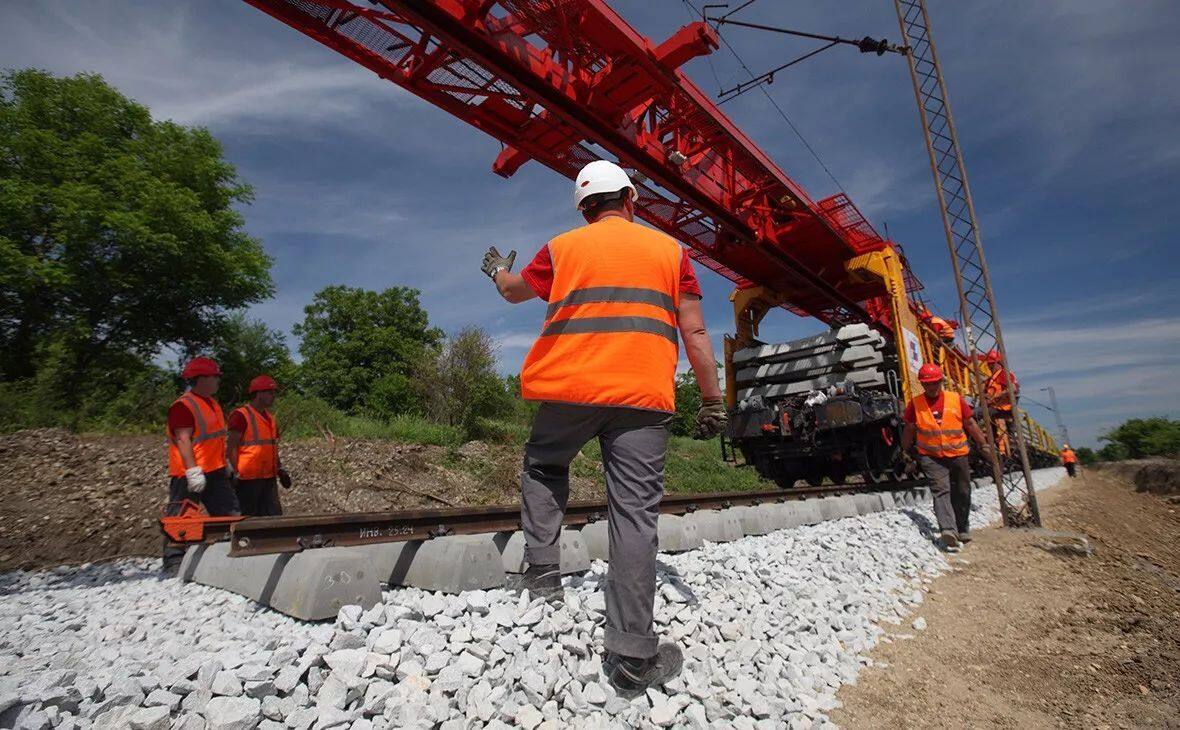
There are about 800 man-made structures along the line, using 354,000 tons of metal to build footpaths and waterways. The scope of the project includes 53 large bridges and 78 medium bridges, 49 viaducts, 33 railway overpasses, 128 highway overpasses and 454 culverts. Bridges, overpasses and viaducts will adopt double-track superstructures to improve vibration performance and high torsional stiffness.
Rolling stock
Russian Railways plans to run a 300m long bullet train on the Moscow-Kazan high-speed railway line. The running speed of the train is 360km/h, and the maximum speed is 440 km/h.
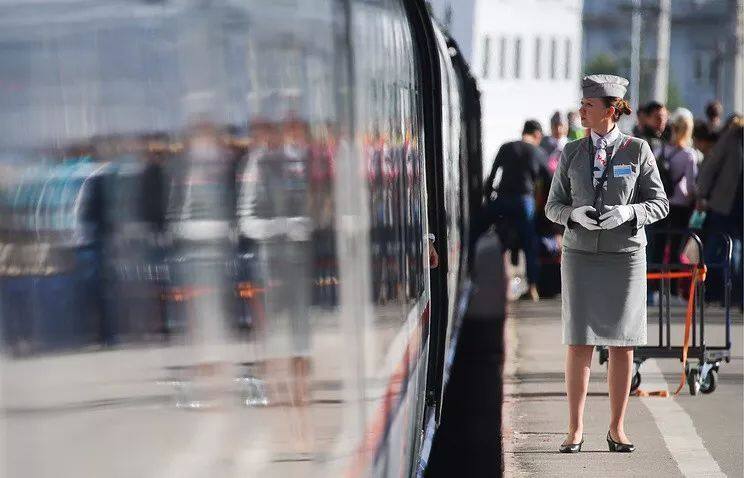
The train can be powered by a 3kV DC traction network or a 25kV AC traction network. They will use 12 to 16 conditional trucks for cargo transportation. These trains will be able to operate at temperatures of minus 50 to 40 degrees Celsius.
Passenger and freight vehicles will be developed by Russian Railways, China Railways, Sinara and China Railway Rolling Stock Corporation.
Signal and communication
The dual optical fiber communication system will be used to transmit signals using optical fiber cables. The line will be equipped with automatic train control system with automatic train signal system and automatic train control system with dual phase difference modulation carrier frequency signal to ensure safe operation.
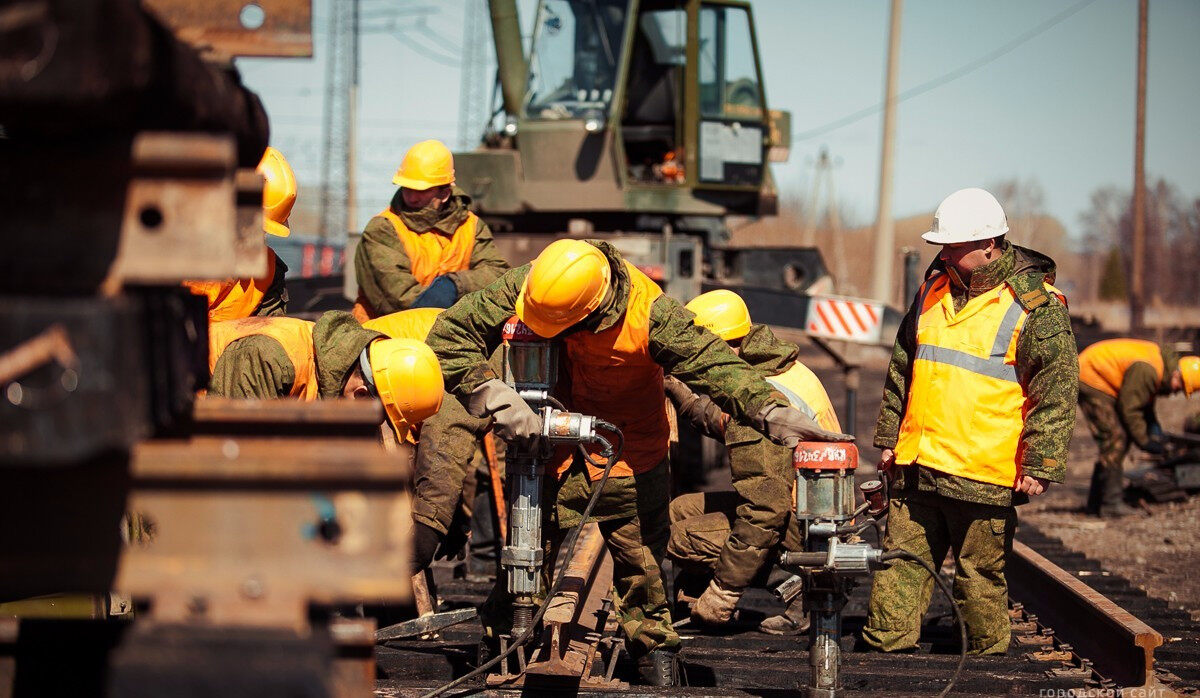
The track will also be equipped with a locking system, thermal observers and surveillance cameras. The project entrusted China Railway Signal and Communication Corporation to develop the ZDJ9 electric switch and external lock installation device.
Financing of the Moscow Kazan Railway Project
The total cost of the Moscow-Kazan high-speed rail project is estimated to exceed 1 trillion rupees ($30.31 billion).
In April 2016, China Railway International Group agreed to provide 400 billion rubles ($6.2 billion) in loans for the construction of the Moscow-Kazan railway line within 20 years.
In June 2016, in order to support the Moscow-Kazan railway line, the JSC high-speed railway line was connected with the BRICS New Development Bank. In June 2017, the company also signed a project cooperation agreement with JSC Sogaz Insurance Group and Asian Infrastructure Investment Bank.
The project will also be supported by Russian pension funds, investments, subsidies, state wealth funds and guarantees.Editor/Huang Lijun
Comment
 Praise
Praise
 Collect
Collect
 Comment
Comment
 Search
Search


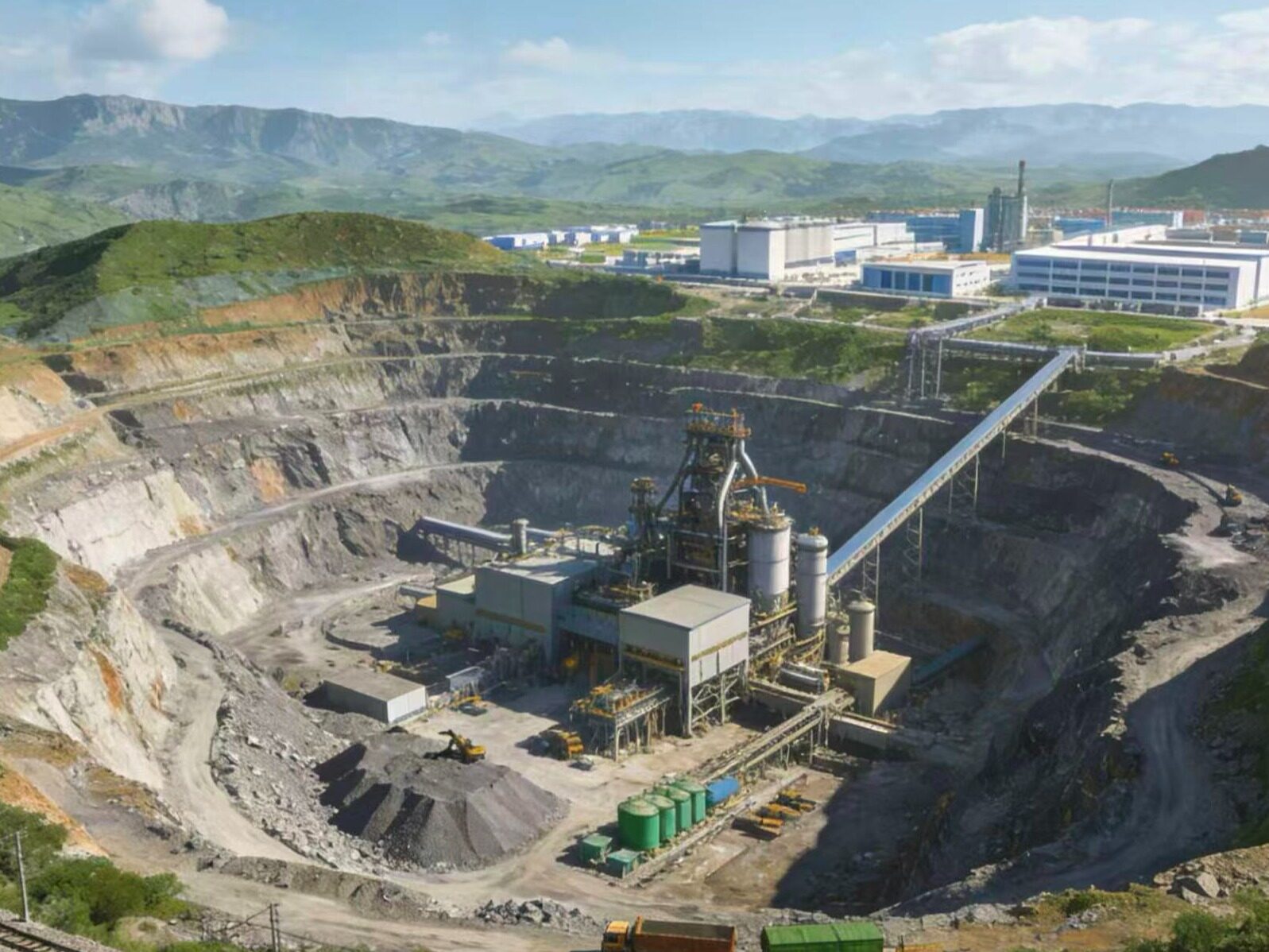
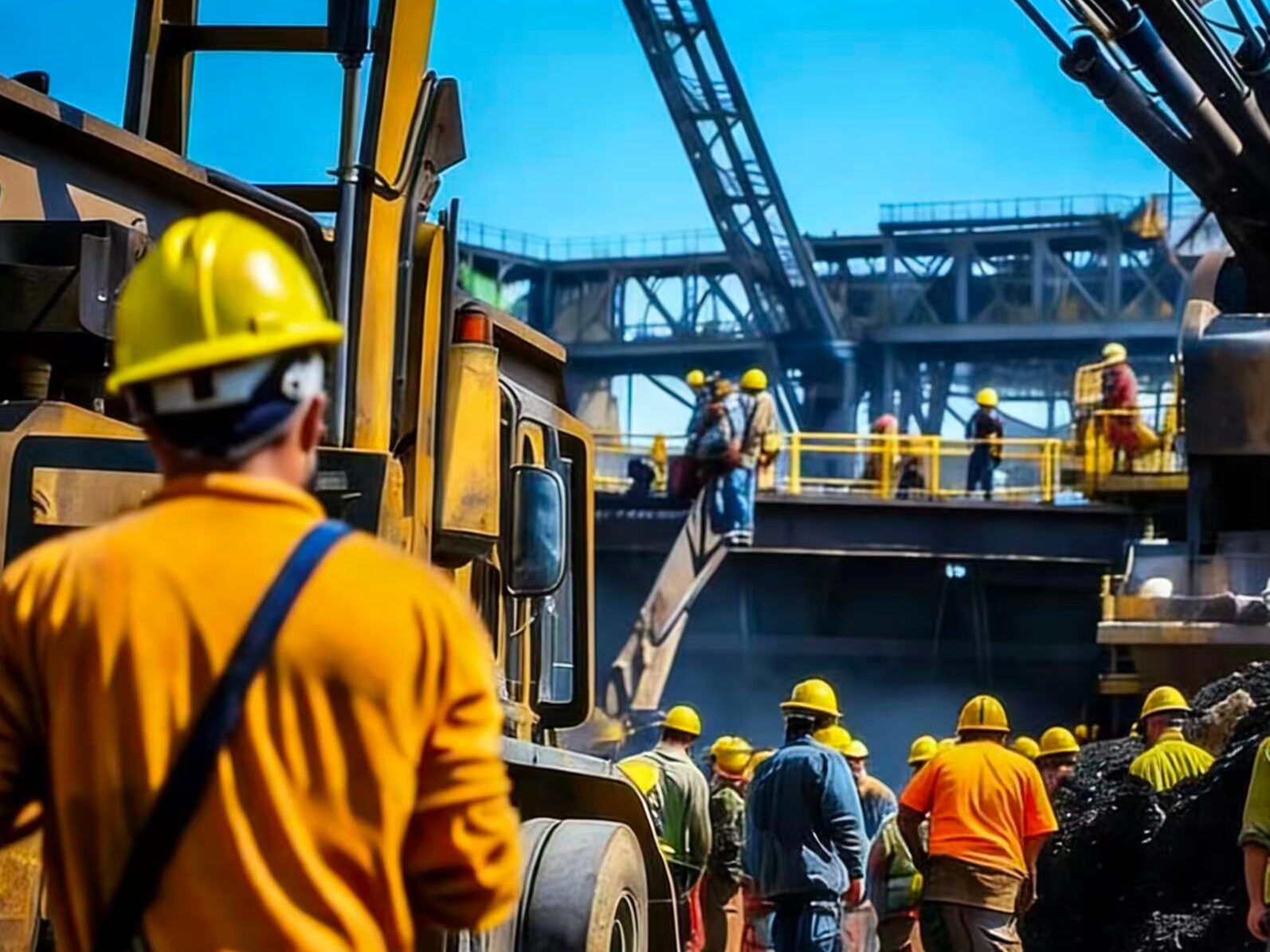










Write something~